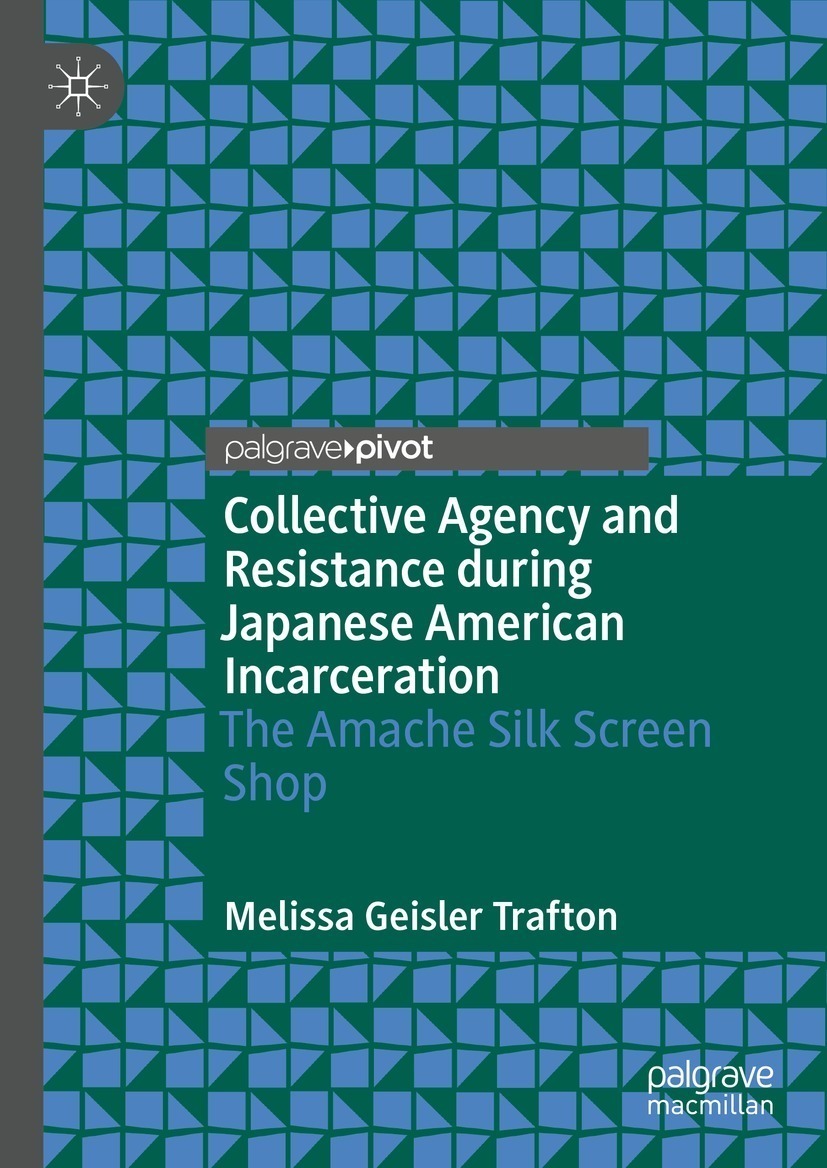
Collective Agency and Resistance during Japanese American Incarceration
The Amache Silk Screen Shop
- Publisher's listprice EUR 37.44
-
15 528 Ft (14 788 Ft + 5% VAT)
The price is estimated because at the time of ordering we do not know what conversion rates will apply to HUF / product currency when the book arrives. In case HUF is weaker, the price increases slightly, in case HUF is stronger, the price goes lower slightly.
- Discount 12% (cc. 1 863 Ft off)
- Discounted price 13 664 Ft (13 013 Ft + 5% VAT)
Subcribe now and take benefit of a favourable price.
Subscribe
15 528 Ft

Availability
Not yet published.
Why don't you give exact delivery time?
Delivery time is estimated on our previous experiences. We give estimations only, because we order from outside Hungary, and the delivery time mainly depends on how quickly the publisher supplies the book. Faster or slower deliveries both happen, but we do our best to supply as quickly as possible.
Product details:
- Publisher Springer Nature Switzerland
- Date of Publication 24 December 2025
- Number of Volumes 1 pieces, Book
- ISBN 9783031939136
- Binding Hardback
- No. of pages173 pages
- Size 210x148 mm
- Language English
- Illustrations XVI, 173 p. 51 illus., 32 illus. in color. Illustrations, black & white 700
Categories
Long description:
"
This book provides the first history of the Silk Screen Shop (1943-45) at the Granada War Relocation Center (“Amache”) in Colorado, a World War II incarceration site for Japanese Americans. The Shop printed training posters for the Bureau of Naval Personnel. In addition, in their free time, the Amache workers designed and printed material, such as dance invitations and Christmas cards, for community organizations and individuals. In the years after incarceration, the objects’ connection to the silk-screen shop was lost. This volume documents and studies the objects produced by the Shop, reconstructs workers’ experience and identity, traces the Shop as a site of community, and argues that young adult printmakers collectively developed subversive visual conventions of protest.
" MoreTable of Contents:
1. Introduction: Amache (1942–45).- 2. The Silk Screen Shop: an Amache Production Unit.- 3. Working in the Shop: Collaborative Production and Collective Agency.- 4. Don’t Ever Call it a Boat!”: Visual Training Aids for the US Navy’s Bureau of Personnel.- 5. Community Projects: Hospital Menus, School Programs, Dance Invitations, and T-Shirts.- 6. Putting Amache on the Map.- Afterword: The Afterlife of the Prints.
More




